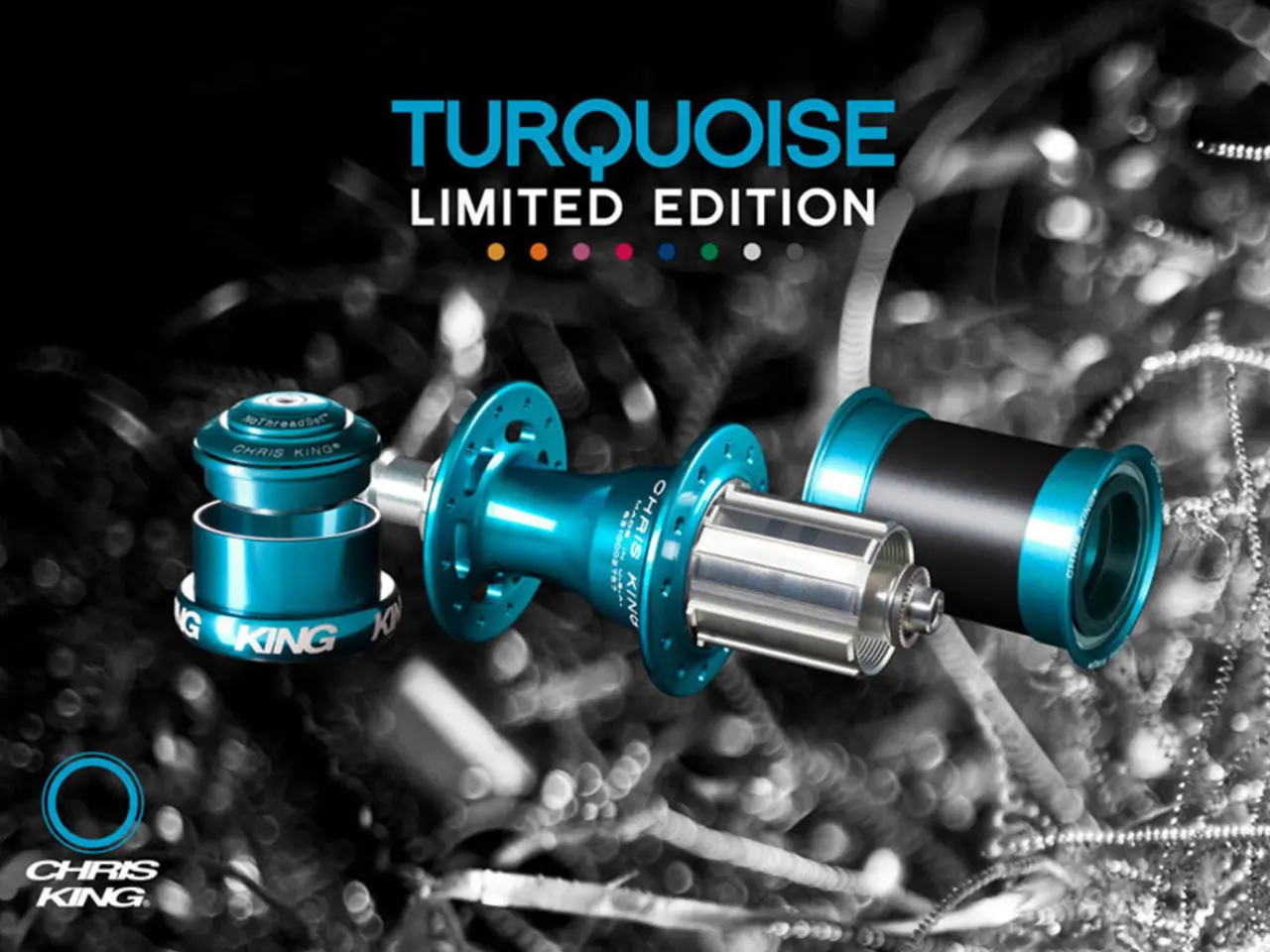Exploring the Luminescence of Spinel: A Captivating Gemstone Radiating Boldness and Color
Unveiling the Allure of Spinel Gemstones
In the realm of precious gems, spinel often takes a backseat to more popular choices like rubies and sapphires. However, this understated gemstone is worth a second look, as it offers a unique charm and durability that sets it apart.
What Makes Spinel Special?
Composed primarily of magnesium aluminate (MgAl₂O₄), spinel crystallizes in the isometric (cubic) crystal system, typically forming octahedral crystals with no cleavage and a conchoidal fracture. Its hardness, which ranges from 7.5 to 8 on the Mohs scale, makes it quite durable for jewelry use.
Spinels display a captivating range of colors—black, brown, red, pink, orange, blue, purple, and rarely green or yellow—due to trace elements like chromium, iron, vanadium, manganese, and cobalt. The red color, notably in "Jedi Spinel," is primarily caused by chromium. They have a single refractive index (~1.719), which means spinel is singly refractive, unlike most gem materials which are doubly refractive. This single refraction contributes to their vivid fire and brilliance.
A Closer Look at Corundum
Corundum gemstones, which include rubies and sapphires, are aluminum oxide (Al₂O₃) with trace elemental impurities such as iron, titanium, chromium, and others. Corundum crystallizes in the trigonal crystal system, with corundum hardness ranking higher at 9 on the Mohs scale, making it considerably harder than spinel. Corundum is doubly refractive and typically forms hexagonal (tabular or prigmatic) crystals. Its colors also arise from trace elements: chromium causes red rubies, while iron and titanium produce blue sapphires.
Key Differences between Spinel and Corundum
| Feature | Spinel | Corundum (Ruby/Sapphire) | |--------------------------|----------------------------------------|------------------------------------------| | Chemical Composition | Magnesium aluminate (MgAl₂O₄) | Aluminum oxide (Al₂O₃) | | Crystal System | Isometric (cubic, octahedral crystals) | Trigonal (hexagonal crystals) | | Hardness (Mohs scale)| 7.5 - 8 | 9 | | Refractive Index | Singly refractive (~1.719) | Doubly refractive | | Cleavage | None (conchoidal fracture) | None or very poor cleavage | | Common Colors | Wide range including red, pink, blue, purple, rarely green/yellow | Red (ruby), blue (sapphire), yellow, green, pink, etc. | | Color Agents | Chromium, iron, vanadium, cobalt, manganese | Chromium (red), iron, titanium (blue), others | | Density/Specific Gravity| Approx. 3.6 to 4.1 | Approximately 3.95 to 4.03 | | Use and Rarity | Less common, often smaller stones, growing popularity in jewelry | More widely known, often larger stones, highly valued |
Unique Characteristics of Spinel
Feather inclusions in spinel are composed of lines of dozens of octahedral inclusions. Twinning is common in spinel, often resulting in six-pointed star shaped twins. Spinel is a gem material that has been neglected but is now making a more favorable impression in the jewellery trade. Spinel crystals are octahedra, with minor faces replacing octahedral edges.
Rare Gahnite and Synthetic Spinels
Gahnite, a spinel-like mineral, is green to yellow, brown, and black, and is rarely of gem quality. Most synthetic spinels are made by the Verneuil process and can be identified by inclusions of transparent brownish flux and their spectra.
Color Combinations in Spinel
Combinations of red and blue provide a range of colors described as violet, lavender, and purple. Spinel with unusually bright red hues is sometimes called "Jedi spinels."
In conclusion, while spinel and corundum can appear similar in color (especially red spinel and ruby), they differ fundamentally in chemistry, crystal structure, hardness, and optical properties. These distinctions are crucial for gem identification and valuation. Spinel, with its unique properties and growing popularity, is a gemstone worth considering for those seeking something a little different in their jewelry.
[1] Gem Select. (n.d.). Spinel. Retrieved from https://www.gemselect.com/gemstones/spinel.html
[2] GIA. (n.d.). Spinel. Retrieved from https://www.gia.edu/spinel
[3] Minerals.net. (n.d.). Spinel. Retrieved from https://www.minerals.net/mineral/spinel.aspx
[4] GIA. (n.d.). Ruby and Sapphire. Retrieved from https://www.gia.edu/ruby-and-sapphire
Gemmological studies provide valuable insights into the unique properties of spinels, setting them apart from other gemstones. In the medical field, understanding the composition of spinels can aid in disease diagnosis, as some compounds used in their synthesis may have implications for human health.
Recent advancements in technology, such as spectroscopic analyzers and high-resolution imaging equipment, offer gemmologists the tools needed to accurately identify spinels, unmasking potential synthetic materials and improving their understanding of these fascinating gemstones.




